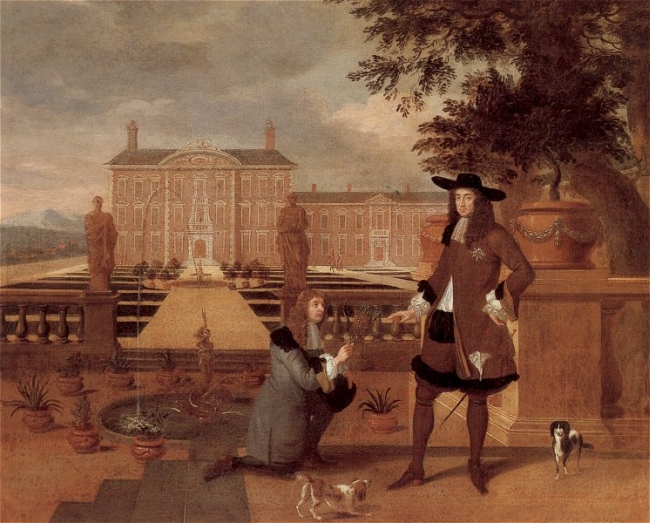
The small noses, and large brown eyes of the Cavalier King Charles Spaniel make them an irresistible dog breed. Not only do these pups have a unique history in the canine world, they are a well-rounded breed, content to both stay at home, or trot happily along on adventures with their owners. Glance at the facts below to find out why the Cavalier King Charles Spaniel has been a popular dog through the ages.
Facts About Cavalier King Charles Spaniels
- These dogs are actually considered a “retro” version of the King Charles Spaniels, which were bred with pugs until their characteristically squat noses developed as part of the breed standard. Later in 1920, an American man named Roswell Eldridge offered a sizable reward for anyone who could breed the dogs, resulting in an elongated snout as they originally had been.
- Cavalier King Charles Spaniels are homebodies, but they are also active and adventurous. Though they are not as athletically inclined as a larger breed such as a Labrador or German Shepherd, nor as tenacious as a terrier breed, these spaniels make great companions on long walks, hike and romps through a field.
- Cavalier King Charles Spaniels come in a variety of color patterns, including the “Blenheim”
(tan or chestnut and white), ruby (the reddish/coppery color that is often depicted in paintings), or tri-color (which includes black, white, and tan.) - Looking almost as if they are royals themselves, these dogs have been around for centuries, and were originally named after England’s King Charles II who ruled the British Empire during the 17th The king loved these dogs so much, that it is believed he ordered that this breed would be allowed to roam wherever they please, even in the House of Parliament.

(King Charles II pictured here with his two spaniel dogs. Painting by Hendrik Danckerts – 1675) - They have been the preferred pet for numerous notable leaders including the great John Churchill, the 1st Duke of Marlborough. His estate, Blenheim Palace (so named for his triumph at the Battle of Blenheim) was the inspiration for the Cavalier King Charles Spaniels colored in the white and ruby combination. Ronald Regan also owned one of these spaniels during his presidency.
- Following WWII, the breed had dwindled considerably by the end of the 1940’s, and only six dogs were all remained. However the Cavalier King Charles Spaniels persisted, first arriving in America in the 1950’s, and finally being recognized as a breed by the American Kennel Club in 1995.
- These pups are very companionable with other dogs, cats, and humans. But since they can be aloof or withdrawn if they are not exposed to other creatures from a young age, it is important to socialize them as puppies.
- CKC Spaniels are excellent with children. Though they can be a bit snappy if irked, these pups are eager to please, excited to keep the children company and play with them for hours on end.
- They are very social, and as indicative of their spaniel traits, they prefer to be with their owners more often than not. People who are seldom at home, or who keep long hours at work are not encouraged to choose this breed, as separation anxiety tends to be an area of struggle.
- For people who love Cavalier King Charles Spaniels, but struggle with canine allergies, this breed mixes with the miniature Poodle (a hypoallergenic breed) to create the adorable Cavapoo.
- Since 2012, the Cavalier King Charles Spaniel has ranked in the top 20 favorite dog breeds in America, and they are rapidly climbing the charts!

